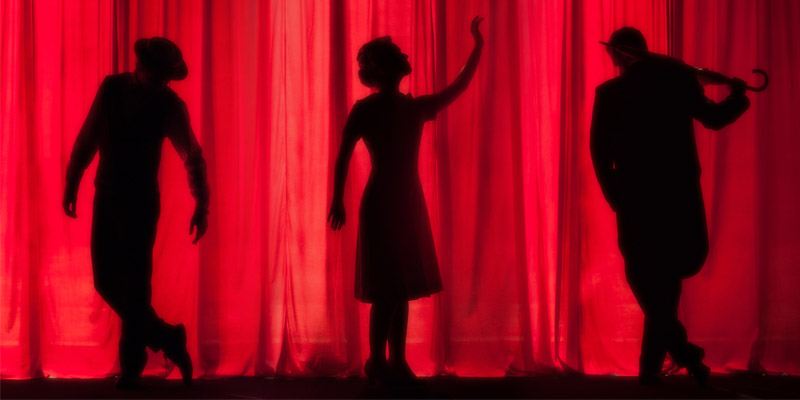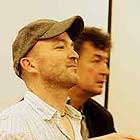The issue
Organisations such as performing arts companies or curators of historic buildings sometimes need to provide sound for an audience which is not located at a fixed point, but move around a building or a performance - sometimes known as ‘promenade’ performances. There may also be instances where fixed audio installations are not desirable for artistic or practical reasons.
To cater for these moving audiences, this research focused on overcoming two challenges:
- To develop an integrated approach to sound design and musical composition that facilitates the movement of audiences through buildings or outside areas
- To develop technology for organisations wishing to deliver audio content to mobile audiences.
The research
Researchers developed a close working relationship with director Hannah Bruce and writer Matthew Morrison over several projects for the artistic group Hannah Bruce and Company.
Their iterative approach, employed across a number of creative projects, involved fully integrating microphone techniques, sound design and composition into the creative process. The aim was to significantly reduce the need for SatNav-type instructions and develop a means of moving the audience in a desired way using sound.
The outcome
Researchers contributed to both the sound design and musical composition on ten artistic works which enabled them to development a method of physically moving audiences in site-specific works.
They also developed two technological platforms to facilitate the movement of an audience in situations where audio installation is not possible. The first, the TlotT app, overcame early challenges by using platforms in widespread public use for situations where time is the principal organising factor - whether due to the use of live performers or the need to catch a specific train.
The second is an app developed for organisations wishing to deliver audio content to visitors in locations without performers or venue stewards it has been used by Hoxton Hall in Shoreditch as well as the Barbican Centre.

